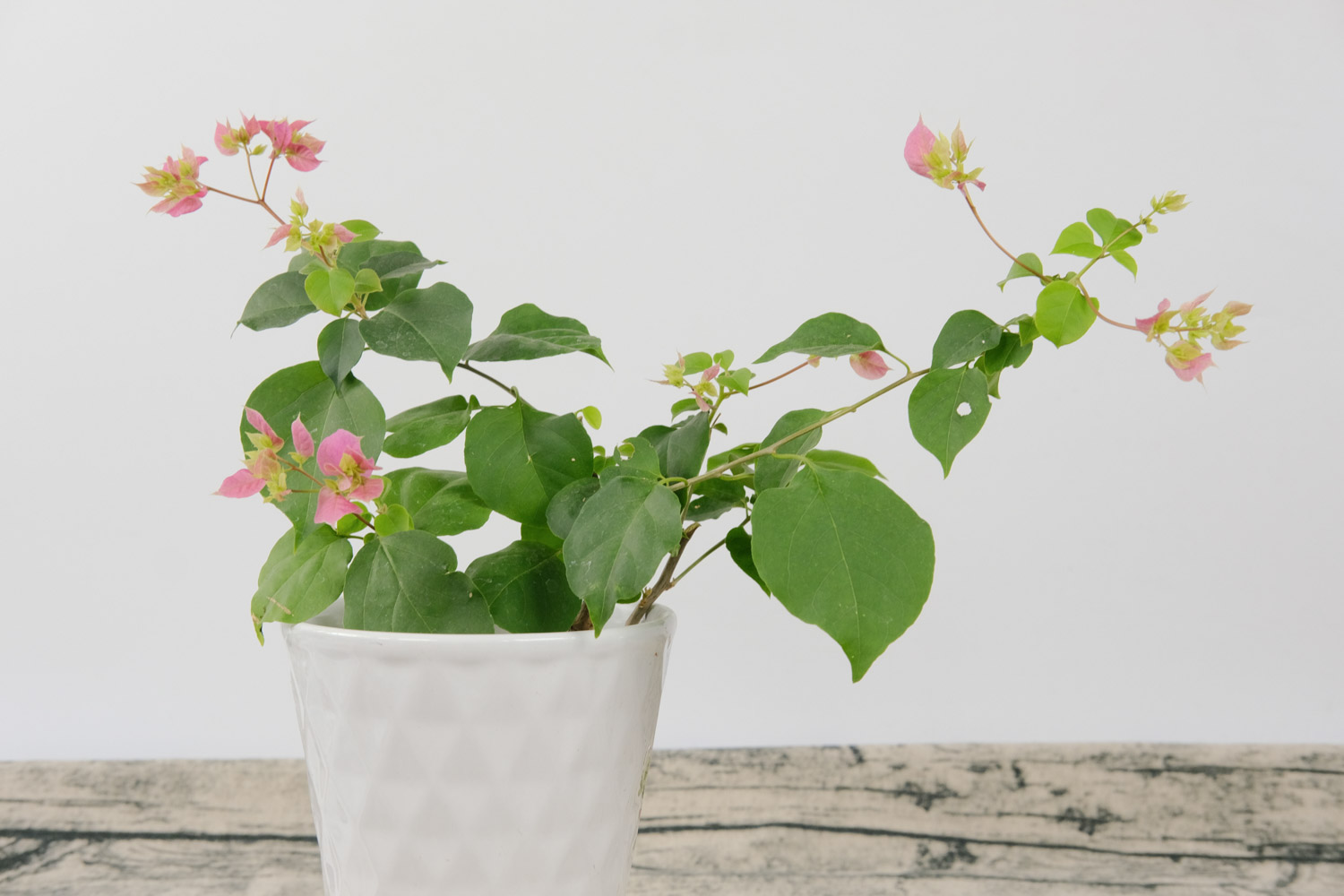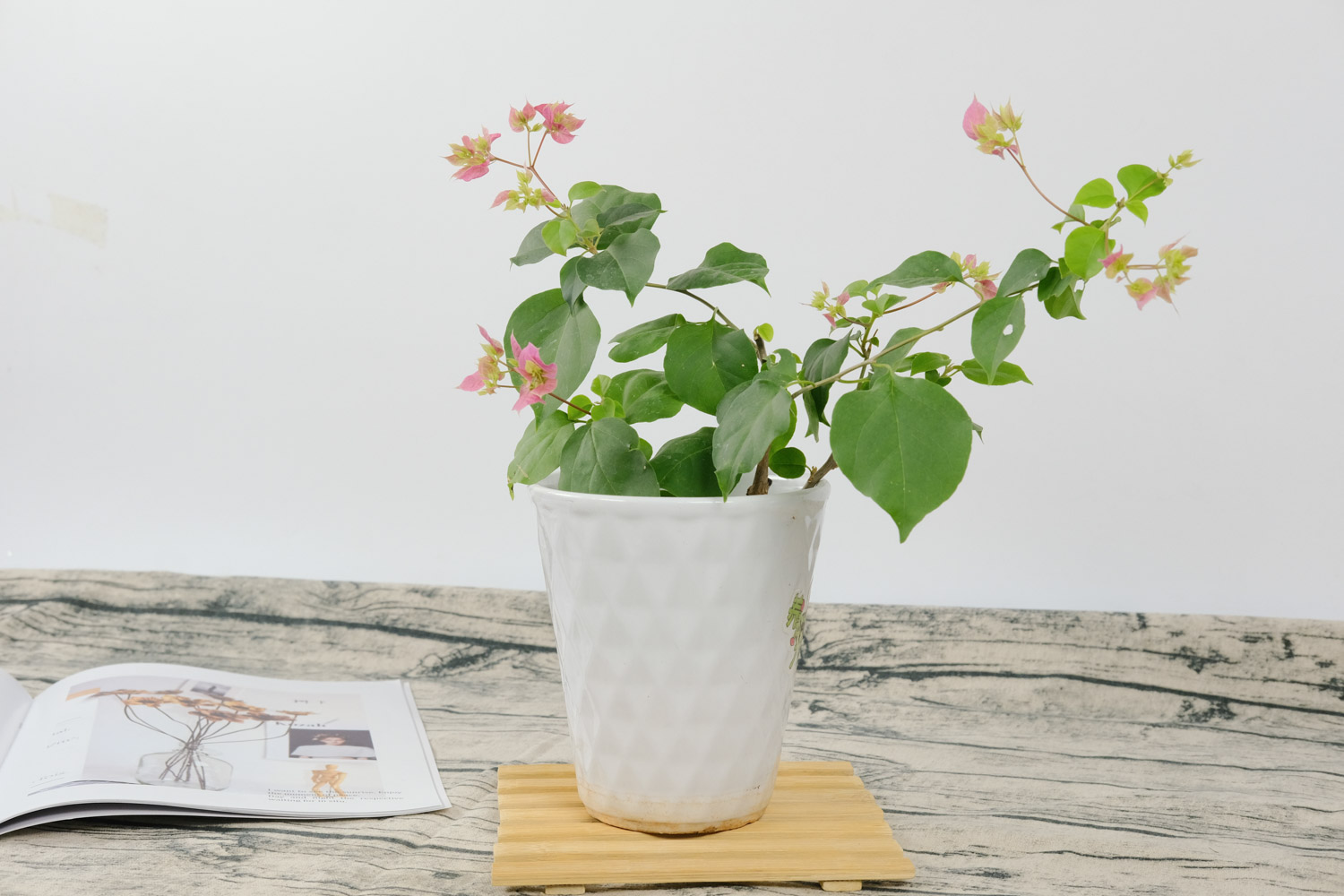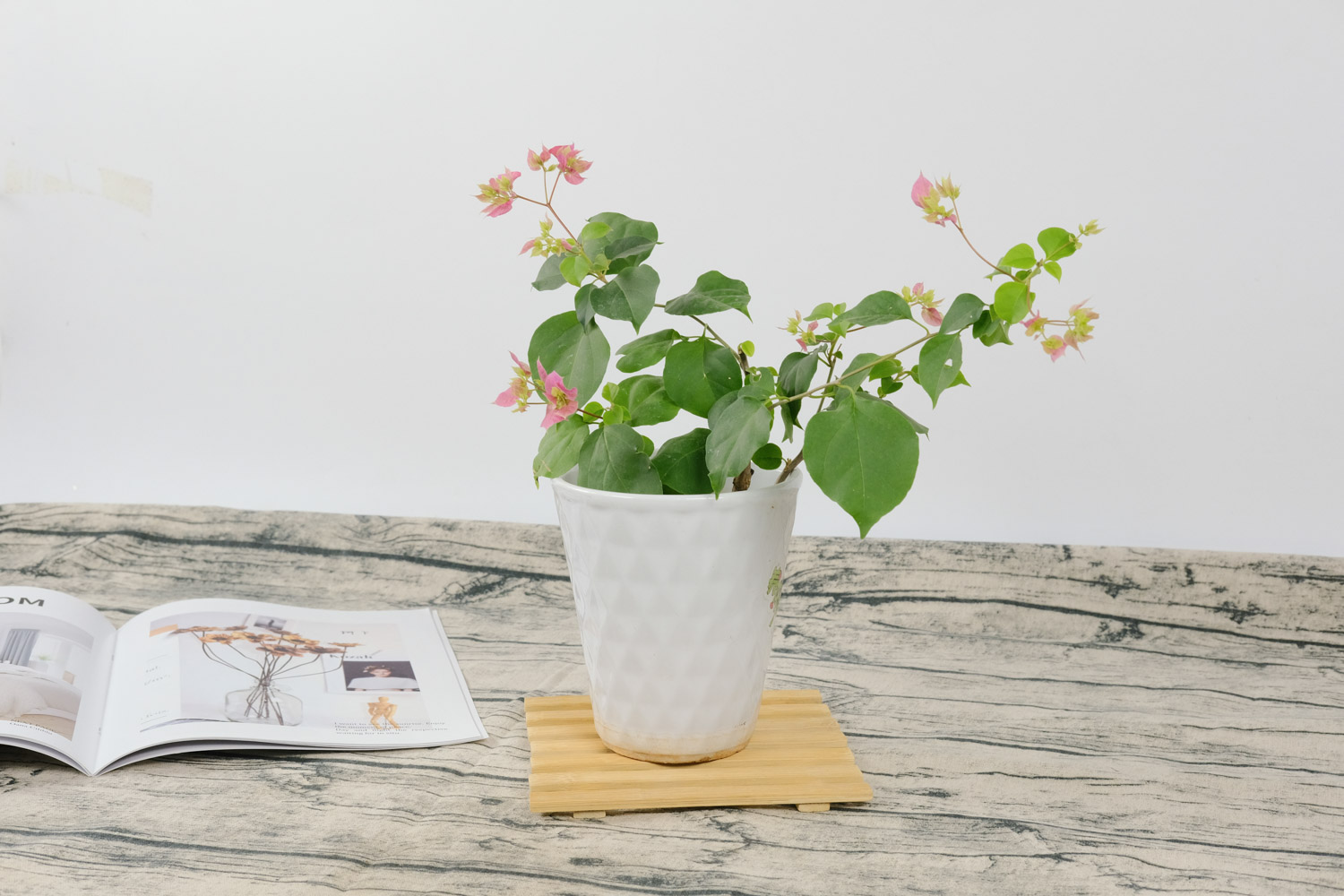1、 Select branches
Prunus deltoides is usually cut with branches. Cut the thick annual branches with a length of 10 cm. It's best to have lignified, that is, they are more like branches, with dark color and relatively hard. Compared with twigs, lignified branches are easier to take root. Keep 2-3 bud points on the branches and 1-2 leaves on the upper part. The incision should preferably be inclined, so as to have a larger contact area with the soil, and the bottom can be stained with rooting water, which is more conducive to the growth of roots

2、 Basin soil preparation
Basin soil needs special preparation. Choose the soil with loose soil and good air permeability. Generally, you can put some perlite and vermiculite in the garden soil to enhance the drainage capacity. You can also add some peat soil to improve the acid-base degree. In addition, the basin soil should be disinfected before cutting to avoid incision infection
3、 Shade and moisturize

After cutting, it is not easy to be directly exposed to the sun. It can be placed in a place with scattered light first. At the same time, insert several wooden strips around the branches and put on plastic bags, which can effectively moisturize. It should be noted that you can't cover bags in summer, otherwise the high temperature will easily suffocate the branches. Spray the bag at night. Keep it wet at ordinary times
4、 Control water and fertilizer
After cutting, it is necessary to pour water to give the branches a fully humid growth environment. Timely replenish water when the basin soil is dry, and the replenishment should also be watered thoroughly to avoid water shortage during rooting. Do not apply fertilizer after cutting, because the new root is relatively fragile and should not accept fertilizer

5、 Cut flowers in time
Within one and a half months after cutting, if flower buds appear, they should be cut off in time, otherwise they will waste a lot of nutrients and lead to low plant growth

 how many times do yo...
how many times do yo... how many planted tre...
how many planted tre... how many pine trees ...
how many pine trees ... how many pecan trees...
how many pecan trees... how many plants comp...
how many plants comp... how many plants can ...
how many plants can ... how many plants and ...
how many plants and ... how many pepper plan...
how many pepper plan...





























